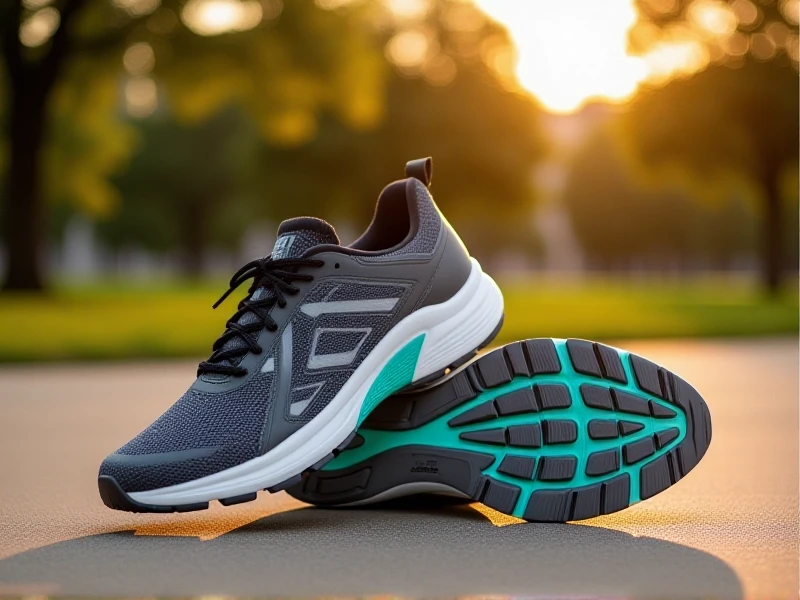
Finding Your Perfect Pair: A Guide to Running Shoes for Every Runner
Stepping into the world of running requires more than just motivation; it demands the right foundation – your running shoes. Choosing the best shoes for runners isn't about the flashiest design; it's about finding the ideal support, cushioning, and fit that aligns with your unique stride and running goals. Picking the wrong running shoes can lead to discomfort, performance plateaus, and even injury, sabotaging your efforts before you truly begin.
The sheer variety of running shoes available can feel overwhelming. Beyond just shoe size, consider your foot's arch type (neutral, high, or low), your typical running terrain (road, track, trail), and your weekly mileage. Someone tackling rugged trails needs vastly different traction and support than a runner logging miles on pavement. Don't neglect proper running shoe fit – there should be about a thumbnail's width between your longest toe (often the big toe) and the end of the running shoe, ensuring ample room without slippage.
Best running shoes balance key elements: cushioning for impact absorption, stability to guide your foot's motion, responsiveness to propel you forward, and a durable outsole. Brands offer extensive shoe models designed for specific functions:
- Maximalist Shoes: Generous cushioning for long distances and impact protection.
- Stability Shoes: Features that help control inward rolling (overpronation).
- Neutral Shoes: For runners with efficient, stable strides who don't need pronation correction.
- Minimalist/Barefoot Shoes: Lower cushioning, aiming for a more natural ground feel.
- Trail Running Shoes: Aggressive tread and protective features for off-road adventures.
Matching the type of running shoes to your routine is paramount. If you're a daily runner covering moderate distances, prioritize durability and balanced cushioning. Speed workouts benefit from lighter, more responsive lightweight running shoes. Prioritize comfort above all; walking around the store isn't enough. If possible, get your gait analyzed at a specialty running shop. They can observe your stride and recommend models that address your specific biomechanics.
Remember, running sneakers aren't immortal. Most experts recommend replacing them every 300-500 miles. Pay attention to signs of wear: loss of cushioning, compression in the midsole, or worn-out tread patterns. Continuing to run in worn-out shoes for runners dramatically increases injury risk.
Investing time in finding your perfect pair of running shoes is investing in your running journey. It unlocks comfort on the road or trail, provides the support your body needs, and helps you run stronger, happier, and longer. Lace up wisely!